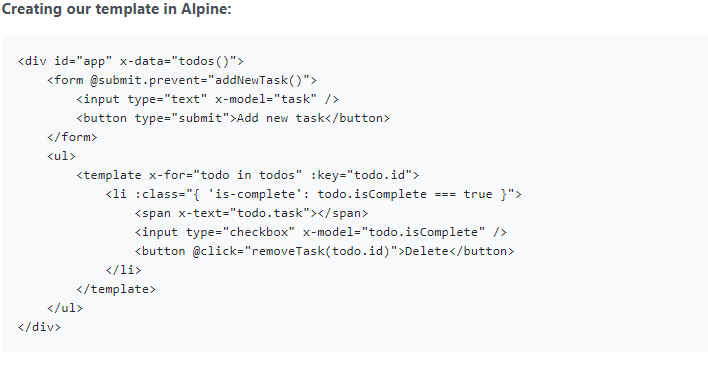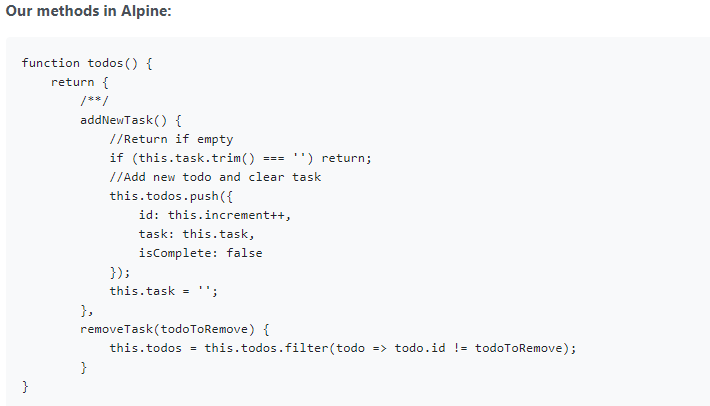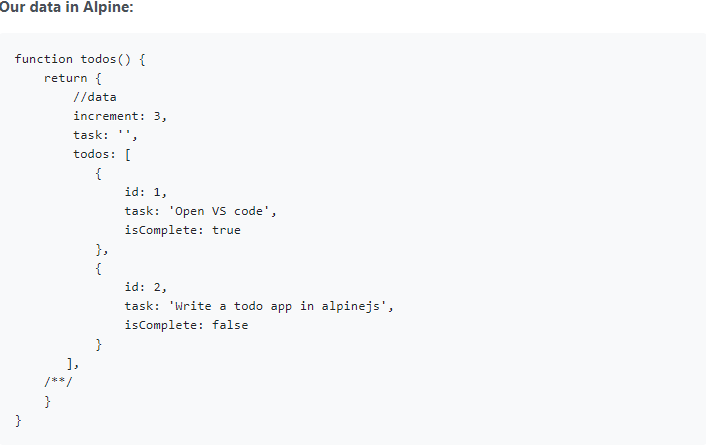This year comes up with a lot of software advancements, tech transformations, new-age technologies and so on.
Presently, there are a lot of JavaScript frameworks available with large-sized libraries and tools, making challenging for the developers to choose the best one among them.
You must have worked with Angular, React and yes, of course, how can we forget Vue. Among all three, React gained more popularity as compared to the other two.
Let us all welcome the new tiny JavaScript Framework in our JavaScript world.
Yes, you guessed it right. It’s none other than Alpine framework. Alpine.js provides the reactive and declarative nature of big frameworks like Vue OR React at a much lower cost.
It is a small package that is available to make your workflow less complicated. See how it can replace JQuery or larger JavaScript libraries to build interactive and seamless websites.
Also Read: Angular9 VS Vue3: Which is the best choice for 2020?
In this blog post, we’re going to have a closer look at Alpine.js.
This tiny Framework Alpine requires no build at all. You can simply include the library and at the same time, all features added.
Alpine is a lightweight framework just 4.3.kb because
- It considers the performance cost and the risk involved in direct DOM manipulation
- It uses modern DOM API’s most of which are not polyfilled.
Getting started with Alpine
How to create Template in Alpine?

Source: Morioh
The todos() method is used in Alpine that is referenced in the x-data directive in the below Alpine template:

Source: Morioh
How to create Data in Alpine?

Source: Morioh
The founders of the Alpine considered it as being a kin to Tailwind, a low-level CSS framework for building customized creative designs.
With Alpine, developers can easily add custom changes to any website-simply by adding the<script> tag. Be it WordPress app, marketing website, ecommerce portel and so on.
Alpine.js
- Can be used with another library. No virtual DOM takes over the DOM.
- Not intended for large, single-page applications.
- Don’t require separate .js file for JavaScript, but if developers want they can create another one.
Why Should I Choose Alpine?
Alpine framework provides an ease of DOM manipulation. Alpine.js works great when developing things with Bootstrap. Here are the examples:
- Showing and hiding DOM nodes under specific conditions,
- Binding user input,
- Listening for events and altering the UI accordingly,
- Appending classes
Winding Up
All I can say is, Alpine.js is really amazing and incredible to use. It’s compact (<6kb gzipped). It ensures no more context switching between HTML and JavaScript files.
If you want to go in-depth research about how Alpine actually works, then you must have a look at the Github.




















